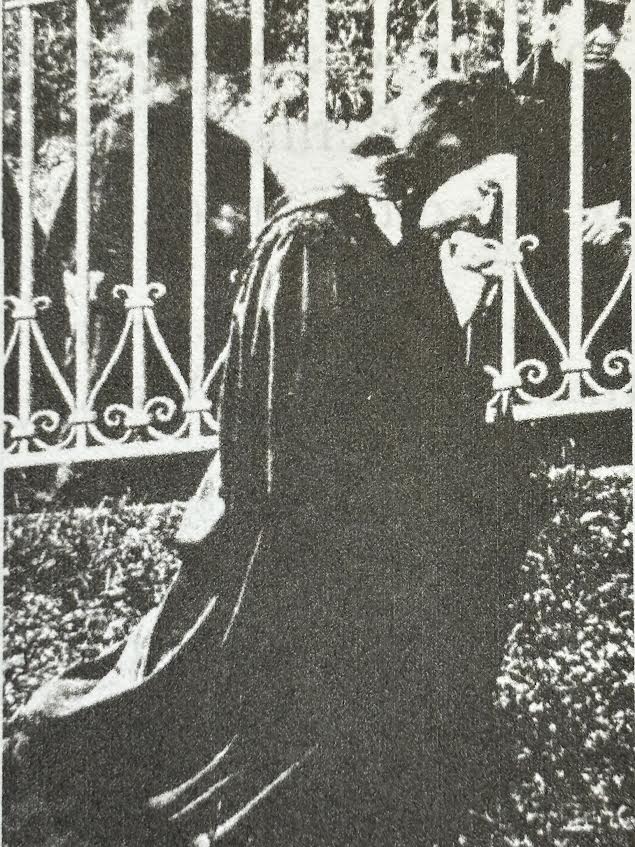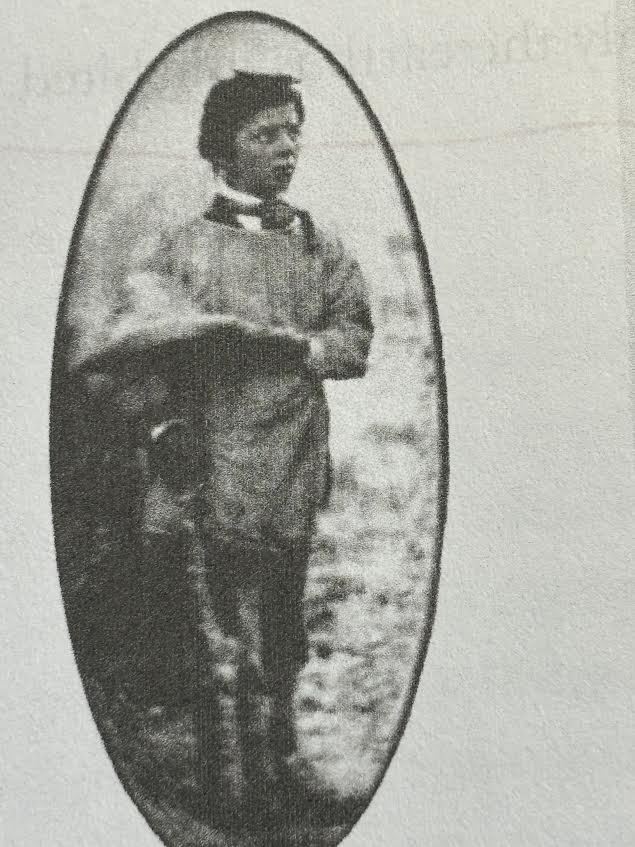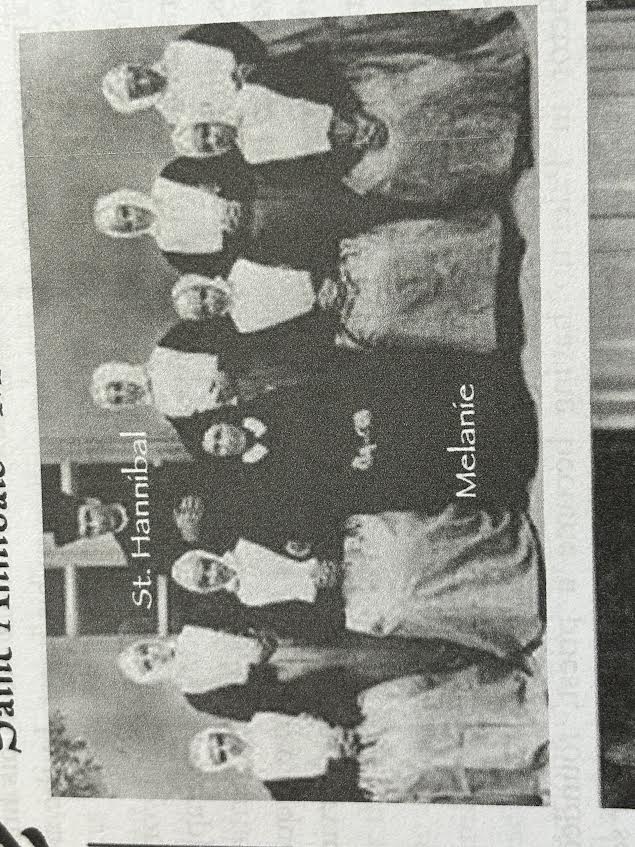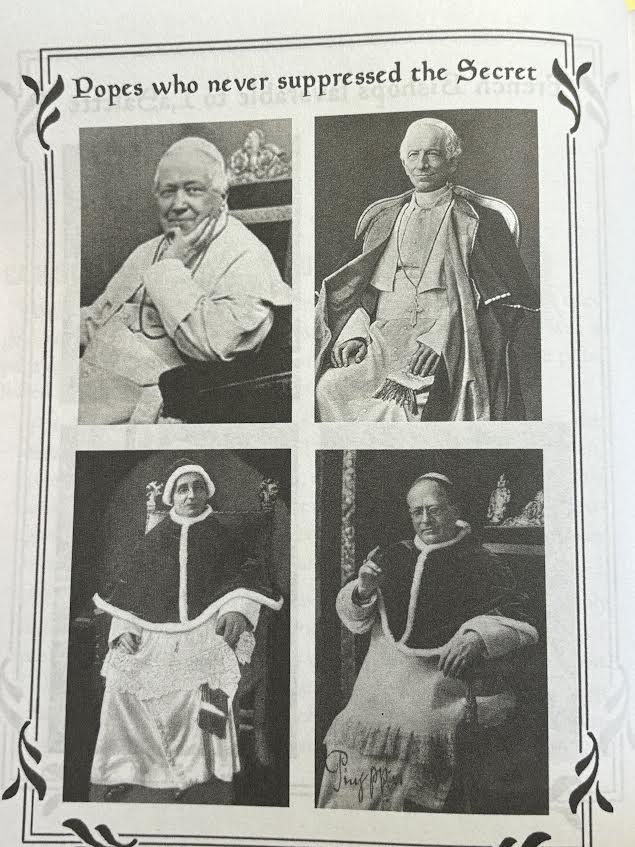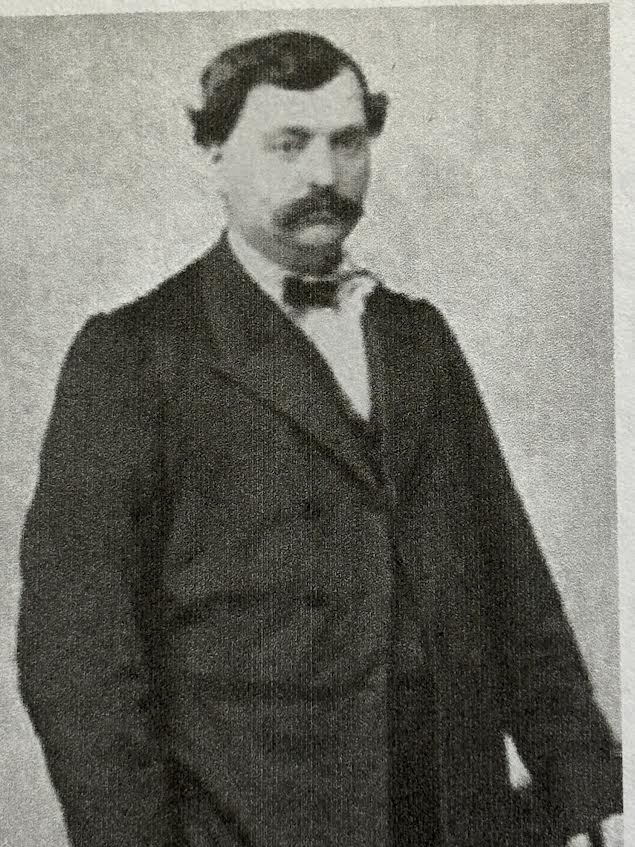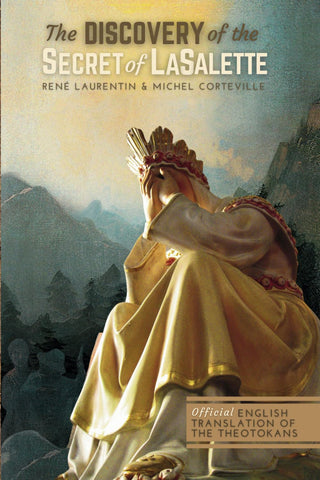It’s amazing how many times the appearance of the Virgin Mary at LaSalette way up in the French Alps south of Grenoble has been brushed aside, ignored, declaimed, at points even rejected, yet always manages to surface again.
And surface it does in a most intriguing, freshly available title, The Discovery of the Secret of LaSalette, by Michael Corteville and the late, ultimate Mariologist, French scholar Father René Laurentin.
Those who enjoy in-depth looks at seers, secrets, and apparitions will want to read this tremendously in-depth and yet engaging work. What makes it new (copyrighted this year) is that it’s the first time it’s available in English. Despite the scholasticism, it’s at many stretches a “can’t-put-it-down.”
Besides the secrets themselves–which we have often visited and which foresaw apocalyptic times–fascinating and all but unknown were the tremendous devotion of the two seers (one who sought to become a religious, the other, a boy, to enter seminary) and their persecution at the hands of various Church authorities, despite the support of two Popes, one of whom (Leo XIII) met with the female seer, Melanie Calvat, and expressed a highly positive view of her claims.
Yet time and again Melanie, who as it happens was a major mystic (not just a seer) struggled at various convents, at one point accepted unanimously by the sisters but prevented from entering by a bishop who was troubled with her claims, perhaps especially her secret and what it said about Church corruption.
Meanwhile, the boy, Maximin Giraud, was forced away from the priesthood and died, as did Melanie, holy and all but destitute.
Suffering, Persecution. Rejection. Isolation.
These two visionaries accepted that (and without complaint or vitriol).
What a story this is.
The secrets, thus, are only part of it.
Largely unknown is the exceptionalism mysticism of Melanie.
It turns out she was one of history’s most notable stigmatics.
Most don’t even know (despite visits to LaSalette, this includes us) that the girl suffered the wounds of Jesus, often visibly, in a very bloody manner, which was made known a few short years after the 1846 apparition, a single event on September 19 of that year whereby the Virgin had arrived in an orbicular luminosity that moved about the mountainside, at one point coming to rest to reveal the heavenly woman sitting and face in her hands and weeping over the state of the world.
The stigmata apparently had begun not with the famous apparition but earlier in childhood. They were mentioned to Melanie’s confessor as early as 1852 and lasted into the wee years of the twentieth century, when the seer, in her seventies (the apparition occurred she was just fourteen and Maximin eleven), died.
“Her autobiography describes how her teacher at the school for the poor could not comb her hair because it was stuck together by the blood of the stigmata from the crown of thorns,” says the book–a must-read for anyone deeply into apparitions and the mystical.
So it seems that this was not simply an apparition that came out of nowhere way up there nearly four thousand feet up a mountain but was one in a series of events for Melanie, who suffered Christ’s wounds not just on her head but her palms, feet, side, and shoulder, often hiding them from classmates and teachers and later fellow religious at various convents.
These were seers interviewed relentlessly by Church officials, from Pope Leo to the Curé d’Ars, Father (Saint) John Vianney.
It was in 1851 that the two children officially recorded their secrets, which were then sent by the bishop, Philibert de Brouillard, to Rome and placed into the hands of Pius IX.
Besides the Pontiff, who took them very seriously, the secrets received a favorable opinion from a Monsignor Andrea Maria Frattini, a Vatican official who had the title “Promoter of the Faith” and was assigned the job of playing devil’s advocate.
Remarkable it is to wonder if Leo XIII’s famous rendition of a prayer to the Archangel Michael came at least in part because of what Melanie told him. Among other things, her secret mentioned that “in the year 1864, Lucifer together with a large number of demons will be unloosed from hell; they will put an end to faith little by little, even those dedicated to God.”
Pope Leo reportedly penned a revised version of the Saint Michael prayer after his own, subsequent revelation of a century given over to evil spirits.
The various controversies and winding ways of the seers and dozens of clergy involved in the case make for both fascinating and at times galling reading.
Like Melanie frequently calumniated, Maximin died long before his co-visionary, succumbing at the age of thirty-nine in the abject poverty to which he had been born. Flighty and light-hearted, but devout and intelligent, he was rejected by several seminaries.
Melanie was welcomed by the Sisters of Corene in France, who provided her formation, but she eventually was forced into exile (England) by one of several bishops who, despite her approval in Rome, persecuted her.
Subsequently and despite acute suffering, the seer passed happy years with religious in Marseille, Greece, France, and finally Italy. Her tremendously simple way of life at one point included living in a small old house with so many leaks that she had to use an umbrella when it rained. She chose to sleep on hard floors, despite the availability of a bed, and practiced extreme forms of penance. Her wounds bled throughout a long lifetime.
“If Saint Teresa of Avila would have had to go through the trials over which Melanie triumphed, Saint Teresa would have succumbed!” claimed Father Francois Michel Sibillat, among the first Missionaries of LaSalette.
More to come.
[resources: The Discovery of the Secret of LaSalette]



